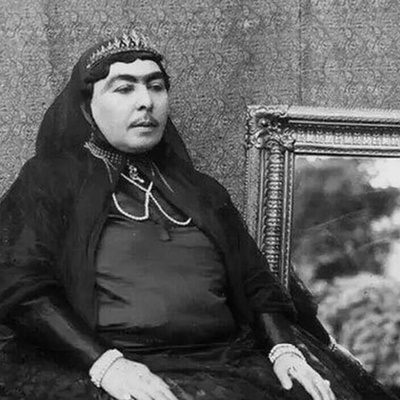How is the Permissible Clothing and Makeup for Women According to Islam? Stay with us to learn more.

Makeup in Islam is not prohibited, and as long as it is not for attracting non-mahram (unrelated) men, and a woman adorns herself for her husband, it is permissible. Islam also emphasizes the individual’s dress, and specific rulings have been set regarding clothing and makeup.

If you think only women must observe their dress code, you’re mistaken—Islam also pays attention to men’s clothing and does not discriminate by gender. However, due to the beauty of women and the need to preserve their dignity and respect, Islam places special emphasis on women’s clothing and makeup.
A Muslim woman should cover her body when interacting with men and avoid showing off or attracting attention. Islam recommends hijab, but it’s not just about clothing—the Muslim must also behave modestly in speech, walking style, and even how she looks at others, maintaining dignity and composure.
Women should cover their entire bodies before non-mahram men except for the face (to the extent washed during ablution) and hands from fingertips to wrists—provided these parts are free from adornments or makeup. Some mistakenly think that the only parts that need covering are those required for prayer, but covering the face, hands, and feet during prayer is not obligatory for women, especially if no non-mahram is present.

Islam regards the chador as the highest form of hijab, but if a woman’s clothing does not provoke men or reveal the shape of her body, it is acceptable. Islam does not heavily regulate fabric type, color, or stitching.
Wearing thin, transparent, tight, or short clothes that reveal the body’s shape is not allowed. Instead, Islam encourages wearing clothes that do not reveal the body’s contours, thus preserving both physical and spiritual health.
Wearing a black chador is not disliked (makruh); it is preferable to choose chadors with simple colors.
Women and girls may leave their head, neck, some chest, hands, and feet uncovered before their mahrams, but it’s better to cover the rest of the body.
Imam Ali (peace be upon him) said:
“Wear thick clothes, because one who wears thin clothes will have a weakened faith.”
It is narrated that Asma entered the Prophet Muhammad’s presence wearing thin clothes. The Prophet turned away and said:
“O Asma, when a woman reaches menstruation, it is not appropriate for anything but her face and hands below the wrists to be seen.”
Two conditions exempt elderly women from strict hijab:
If they reach an age where marriage is unlikely and they lose sexual attraction.
If they do not use removing the hijab as adornment. This mainly refers to outer garments like the chador or headscarf.
Clothing color should not make a person stand out or draw undue attention. Clothes should not promote vulgar culture or enemy values and should fit with societal norms.
Hijab conditions include not revealing body contours. Leggings reveal all body shape and are thus not complete hijab. Colored jeans or pants under the chador are permissible if not visible, and if visible, they should not be tight enough to reveal the body shape or be flashy.
If a woman’s ring is simple and not eye-catching—whether it’s a wedding ring, a gift, or bought by herself—it is not obligatory to cover it. If the ring is noticeable or special, it should be covered from non-mahram eyes.

Islam requires men to cover what is necessary and customary, specifically their private parts, to avoid exposure to lustful gazes. Men may leave their head, neck, some chest, hands, and feet uncovered in front of non-mahram men.
Men should avoid wearing women’s specific clothing except for a rational reason, such as acting in a film or play.
Men’s clothing should not be unusual or reveal body shape or attract undue attention. Wearing short-sleeved shirts is permissible if it does not cause corruption or scandal.
Wearing varied colors that attract the attention of non-mahram and make the woman stand out is not allowed. Even if the intention is good—to have clean, neat, and stylish hijab to promote wearing it—one must avoid making oneself noticeable either to other women or non-mahrams.
If the hijab is normal and others are naturally attracted to it without it being flashy, then it is permissible.

